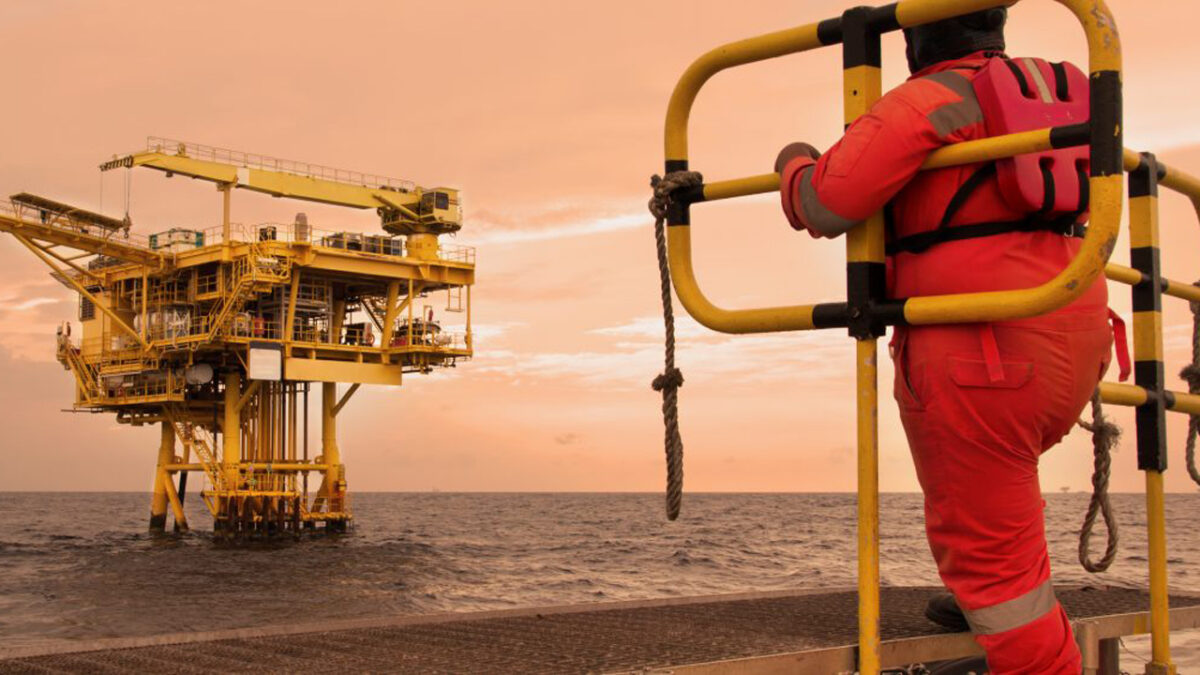
Nigeria has been ranked 8th among ten global countries with the biggest gas reserves.
A new report placed Nigeria after the United Arab Emirates (UAE) with natural gas reserves of 5.85 trillion cubic meters.
This makes it the country with the largest proven natural gas reserves in Africa, but utilising these reserves has lagged behind the utilisation of its oil reserves.
Over the past year, events in Europe made it quite clear that envisioning a future may be a noble thing but energy needs are immediate, and gas is perfect for meeting them with a lower emission footprint than fellow fossil fuels oil and coal.
Natural gas has been hailed as the bridge between a fossil fuel past and a low-carbon future. It has also been demonised as a Trojan horse for the fossil fuel industry to continue to be relevant in that low-carbon future envisioned by the architects of the transition.
The countries with the biggest gas reserves in the world are Russia and Iran. Fortunately, the United States is also on the list of the top 5 biggest gas reserve holders, as are several Middle Eastern countries.
Russia is reported as world’s number one and has natural gas reserves of as much as 38 trillion cubic meters, according to the 2020 edition of BP’s Statistical Review of World Energy. Production last year totalled 573 billion cubic meters, down by 13.4 per cent on the year.
Historically, Europe and Turkey were Russia’s biggest gas buyers, but after last year’s events, Turkey has remained the only big consumer of Russian gas with any footprint in Europe. Today, China is the main destination for Russian pipeline gas. Russia also exports Liquified Natural Gas, LNG, and, in an ironic twist, European imports of Russian LNG rose strongly last year.
The world’s second-largest natural gas reserve is Iran with 32 trillion cubic meters, and is home to 1per cent of the global total.
A lot of Iran’s gas reserves are concentrated in the South Pars offshore field in the Persian Gulf, which it shares with Qatar. Total production for 2020 reached 234 billion cubic meters or a daily average of 645 million cubic meters.
Development of the country’s massive gas reserves has been challenging because of the pullout of Western super majors such as Total Energies in the wake of the reinstated U.S. sanctions against Tehran.
Nigeria’s Oil, Condensate Reserves Stand At 36.966 Bbl In January
Iran’s neighbour Qatar, which calls its part of the massive Persian Gulf field the North Field, is a notch below Iran in terms of gas reserves, with 24.7 trillion cubic meters. Until recently, the largest LNG exporter in the world, Qatar, was expanding its production capacity, aiming for 126 million tons annually from the current 77 million tons.
Qatar was a first choice for European gas buyers in the wake of the anti-Russian sanctions that saw gas flows decimated, but it turned out sealing a deal would be tougher than expected. Qatar turned out to like long-term purchase commitments, and Europe has an aversion to those.
Little known outside Central Asia but one of the biggest states there, Turkmenistan is home to the world’s fourth-largest natural gas reserves, with a total of some 19.5 trillion cubic meters according to BP’s statistical review.
Production is low, however, at just some 59 billion cubic meters in 2020, most of which was exported to China because domestic consumption is also relatively low. The country also exports gas to its Central Asian neighbours.
As with crude oil, the largest producers of gas are not necessarily the countries with the largest reserves. The U.S. has become the world’s top gas producer and LNG exporter, but it only ranks fifth in terms of reserves.
At the end of 2020, these stood at 13.179 trillion cubic meters, according to the CIA’s World Factbook or 625.4 trillion cubic feet at the end of 2021, according to the Energy Information Administration, EIA.
With the abundance of shale gas, the United States has become a major LNG world power in a matter of years. It could cement its place as the number-one exporter within the next decade if all planned projects come on , for a total annual capacity of 169 million tons by 2027.
The rest of the top 10 countries with substantial gas reserves are dominated overwhelmingly by OPEC members. Saudi Arabia, the UAE, Nigeria, and Venezuela all boast abundant gas reserves, as does China, at number 10.
The OPEC de facto leader is followed by its Gulf neighbour, the UAE, which OPEC estimates has some 8.2 trillion cubic meters in natural gas reserves. The country’s state oil and gas company recently spun off its gas business, which turned into the biggest IPO for the year, fetching ADNOC $2.5 billion. Venezuela is also among the world’s top natural gas reserve holders, with 5.54 trillion cubic meters in proven reserves.
Saudi Arabia comes in at number 6 with 8.5 trillion cubic meters in natural gas reserves, which it only recently decided to develop more seriously in response to growing global demand.
The exploitation of those reserves, however, is mismatched with the volume of gas it has been sitting on, especially since 2019 when the U.S. slammed Caracas with sanctions specifically targeting its oil and gas industry.
The last entry on the top-ten list of gas reserve holders is China, the world’s largest energy importer and one of the largest consumers. The country, which imports massive amounts of oil and gas, has substantial reserves of its own, but it has been challenging to tap them in volumes large enough to satisfy its fast-growing demand.
Follow us on Facebook/ twitter















